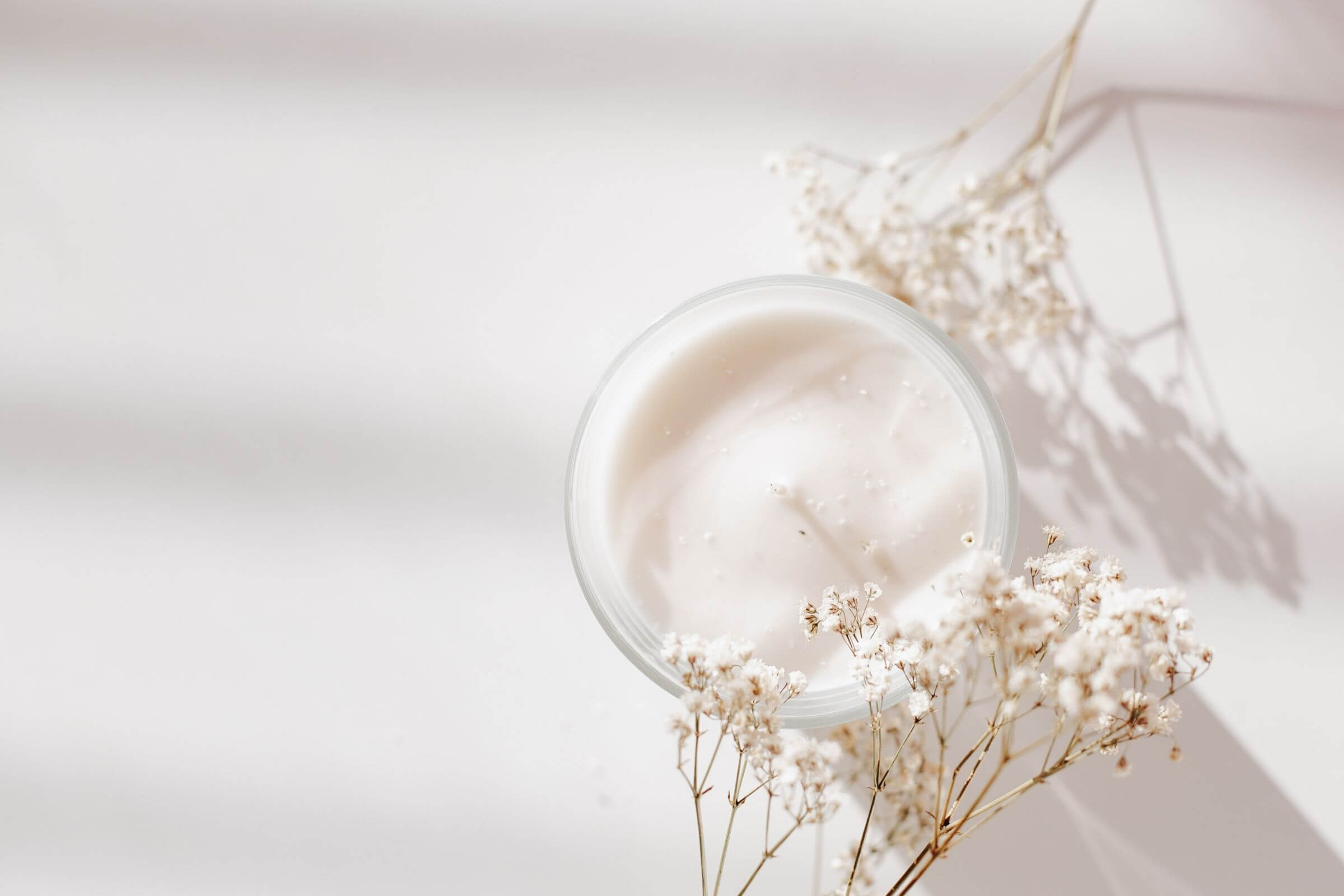Once a week? Twice a week? Let’s find out how often and why!
Written by: 100% PURE®
Every hair type is beautiful and unique, which is why knowing how often to wash it sets off some head-scratching misconceptions. Whether the answers range from everyday without fail, to once a week at most, one thing holds a strand of truth; it depends on your hair type.
While there’s no universal rule of thumb or formula to follow, you can learn your hair’s basic traits to better determine their washing ritual. Read on to check out the most common hair types, their characteristics, and how often you should wash them. Your locks will be forever thankful!
Our hair is basically our BFF. It’s been there with us since the beginning – sans the strands that had to let go – so you’d think we’d know everything about it. It turns out the million-dollar question as to how often to wash it has been quite the debate that has been hanging on for decades.
But fear not! The short and sweet answer to this complex, often controversial question is… it depends – on your hair type. And we can’t throw in the towel at that! How often you should wash also depends on the texture and condition of your hair.
By taking a moment to assess your hair type (like you do your skin), you’ll become better BFF’s with your strands, and you’ll save time and money by ensuring you are buying the right products and washing your hair the right amount.
Say we know our hair type by three primary hair types: thin, thick, and textured. Does that mean we now have the magic number of washes? No – not exactly. That’s because every single scalp and hair type is different from the next person's. Our ultra-fine, grease-prone hair won’t follow the same rules as your friend's au natural, thin hair that’s never seen foils.
Besides hair type, we each have our own individual factors to consider. Depending on your hair goals, scalp health, scalp conditions, personal routine, and the products you're using, you will have your own unique cleansing frequency and habits.
Just when you’re starting to see how the little hair-washing debacle came to be, we should add a little disclaimer that hair types might not always be a constant. Your locks can also be sensitive to climatic changes, health and emotional disruption, and can become finer, coarser, oilier, drier, frizzier and smoother at different stages of our lives.

Getting down to the roots (literally) of your hair and discovering its basic traits, will have your strands doing a happy dance, instead of a breakdance. It’s important to learn about your hair’s basic traits, and where your tresses fall in the most common hair types.
Newsletter Subscribe
for more blog updates and exclusive discounts
Check the basics below for the 4 common hair types, and, according to consensus, how often each one should be washed.
Type 1: Straight Hair
Your hair is like an arrow, and probably does about one thing right – stay pretty much straight. On the bright side of things, straight hair is considered the most resilient of the hair types, and often reflects the most shine.
A downside of this hair type is having little-to-no volume, and it doesn't hold hairstyles easily. Since the strands hang straight down from the root, oil has nowhere to go except down that hairy highway. Therefore, straight hair tends to get oily faster. This category includes fine and thin, medium, and coarse variations of straight hair.
Washing tips:
This type of hair needs frequent washing (3-6 times weekly) to stay clean and fluffy. Fine hair can look extra limp, especially when it’s long, due to the extra weight. Use a Volumizing Shampoo to keep fine hair from falling flat. Avoid oily products or any styling products that linger in the hair or create buildup.
Type 2: Wavy Hair
Wavy hair tends to form in a loose, ‘S’ shape – essentially a very elongated version of a curl. A downside of this hair type can be if your wavy hair tends to be on the straight side, your hair may lack volume and hold lots of weight at the ends; in that case, seek the straight-hair-people problem above. If you have more in common with curly hair, frizz and dryness may be your enemies.
Washing tips:
For wavy hair that has lost its luster, a glossing shampoo will help restore vibrancy and shine. Keep the hair hydrated and moisturized by adding a natural lightweight oil such as Argan Oil to condition, deep condition, and address split ends. This hair type can go between washing two to three times a week.
Type 3: Curly Hair
Curly hair includes two variations: loose and tight. The downside is that these strands can range from loose, semi-wavy curls to tight and bouncy corkscrew curls – and both can be more susceptible to damage. The former boasts loopier ‘S’ strands, and tends to get frizzy more easily. The corkscrew variety is tightly wound, and tends to be thicker or coarser and more voluminous.
Washing tips:
Curly hair types love anything that will enhance brightness, softness, and bounce. Frizz controlling formulas are saviors for curly locks, since frizz can cause curls to look ‘poofy’, detracting from the beautiful curves of this hair shape. Curls do best with lightweight hydrating products that maintain shape and style. This hair type typically has a drier scalp and strands, so they can go between washing five to seven days.
Type 4: Kinky Hair
Your characteristic zigzag or ‘Z’ pattern has your hair type at the end of the alphabet, and those with kinky hair know hair struggles all too well. It’s not only about your hair type having its own personality, but there’s plenty of times it simply refuses to cooperate without a good amount of elbow grease. Varieties of this hair type include soft, and two types of wiry.
Washing tips:
Since kinky hair types are more susceptible to damage and breakage, it’s crucial to replenish them with the right products. add in a repairing shampoo or conditioner to replenish lost hydration, moisture, and vitamins to compromised strands. This hair type can go between washing for five to seven days.
Knowing your hair type and individual needs and goals is a big step to hair goals! It will help you understand not only how often you should wash your hair, but the importance behind it and how critical more or less washing is critical to our scalp and follicle health - no matter what type of strands you have. A little labor of love for our locks for the healthiest, most magnificent mane? We’re in!
We carefully hand-select products based on strict purity standards, and only recommend products we feel meet this criteria. 100% PURE™ may earn a small commission for products purchased through affiliate links.
The information in this article is for educational use, and not intended to substitute professional medical advice, diagnosis, or treatment and should not be used as such.











